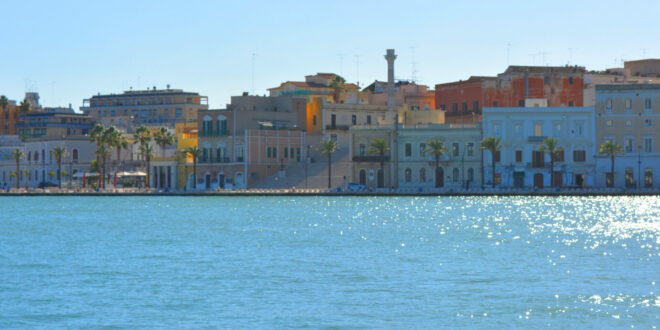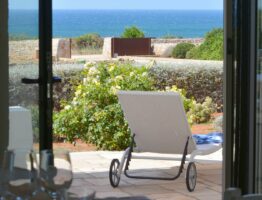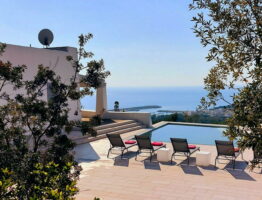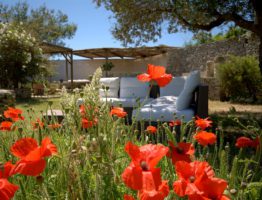have you ever visited Brindisi, its center and its countryside? Do you know the surroundings of Brindisi? If you still don’t know them, you should, because worth a stop and stay.
Here are ideas on itineraries and places to discover in Brindisi in Apulia and its surroundings
A city where many travelers land in the popular Salento, port of departure and docking for travelers going to the Balkans and Greece, Brindisi has the charm of crossroads.
But it is also a land that welcomes you.
Its views of the sea and its historic and commercial center mix the charm of multiple eras and architectural periods that intertwine.
Life in the port area is divided between a fisherman’s village on one side and a more relaxed and chic passage area on the other, with modern cafes and quays which then lead, through the mystery of stairways, winding streets, internal alleys of the historic center , to the most modern and commercial areas.
The latter is extremely elegant and mixes architectural evidence from the Fascist era, modern buildings and Roman traces.
Lungomare Regina Margherita and the port in Brindisi
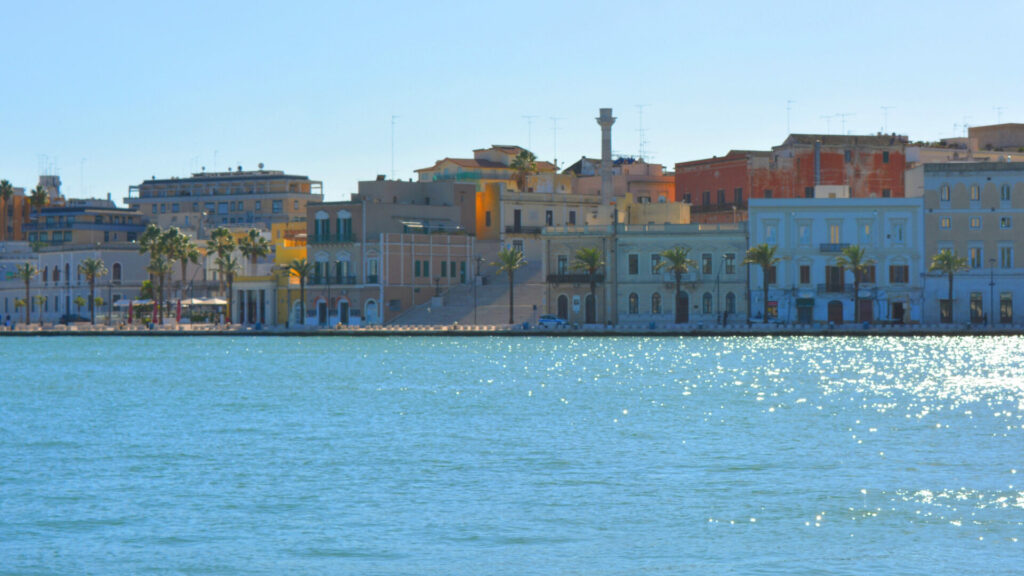
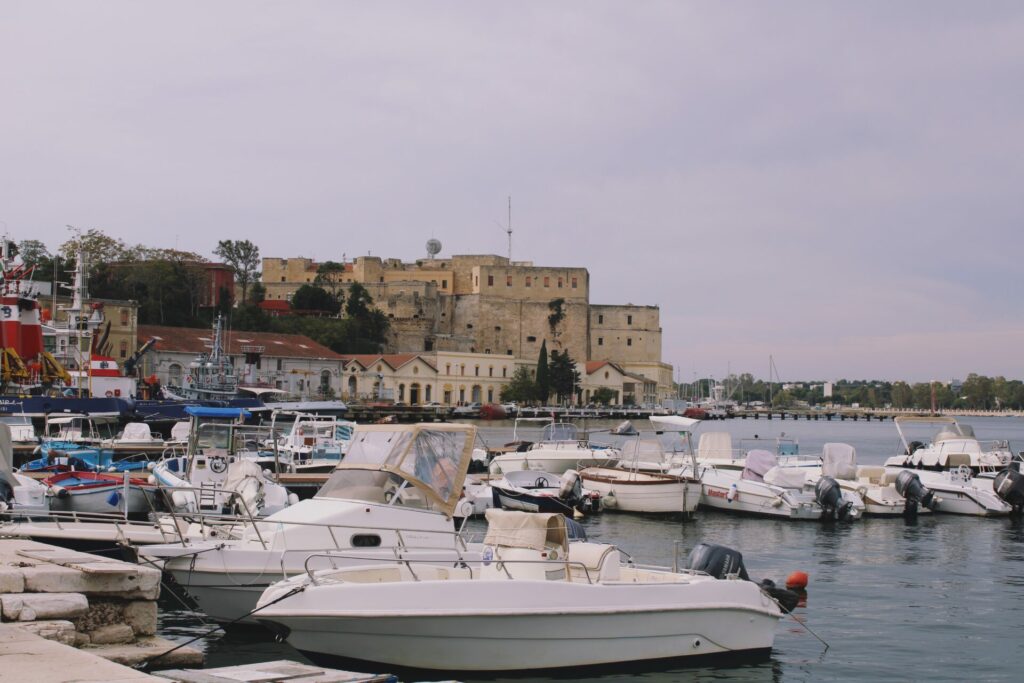
A place of passage and strolling, the port area of Brindisi has a modern charm without giving up the authenticity of the ancient houses overlooking the water.
On the one hand, therefore, the link with the more dynamic part is known; on the other side of the quay, the fishermen untangle their nets before returning to their homes.
On one side of the port of Brindisi the industrial area is still present and visible, which gives a sense of reality and dynamic industrial life to a port that does not want to become just a tourist destination.
The Roman Column and the historic center
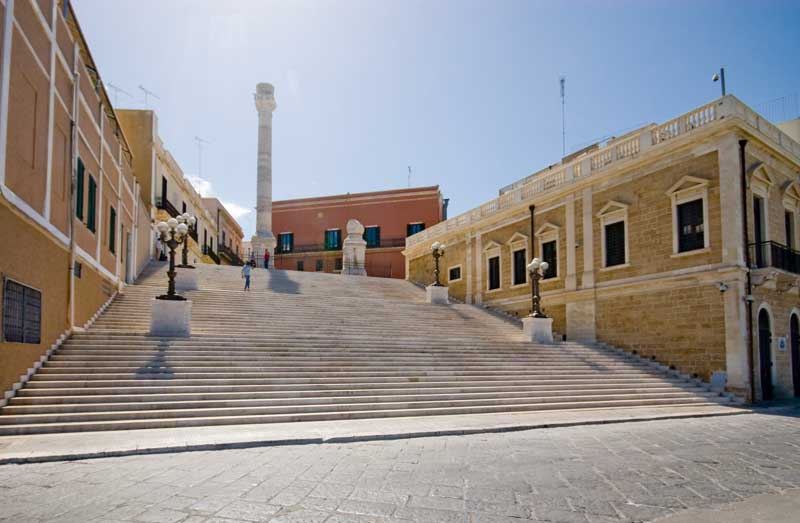
It’s impossible from the seafront not to see the staircase leading to the Roman Column, a time limit and arrival of the Via Appia route (which starts from Rome and ends right here in Brindisi).
Aragonese fort
Opposite the port, on an islet ( Sant’Andrea island), there is the Aragonese castle, a majestic castle-fortress built right on the sea and which, in turn, hides another small and charming port.
Swabian Castle
The fortress commissioned by Frederick II for defensive duties is also called “land castle”, to distinguish it from the Aragonese (sea) castle.
Old Town
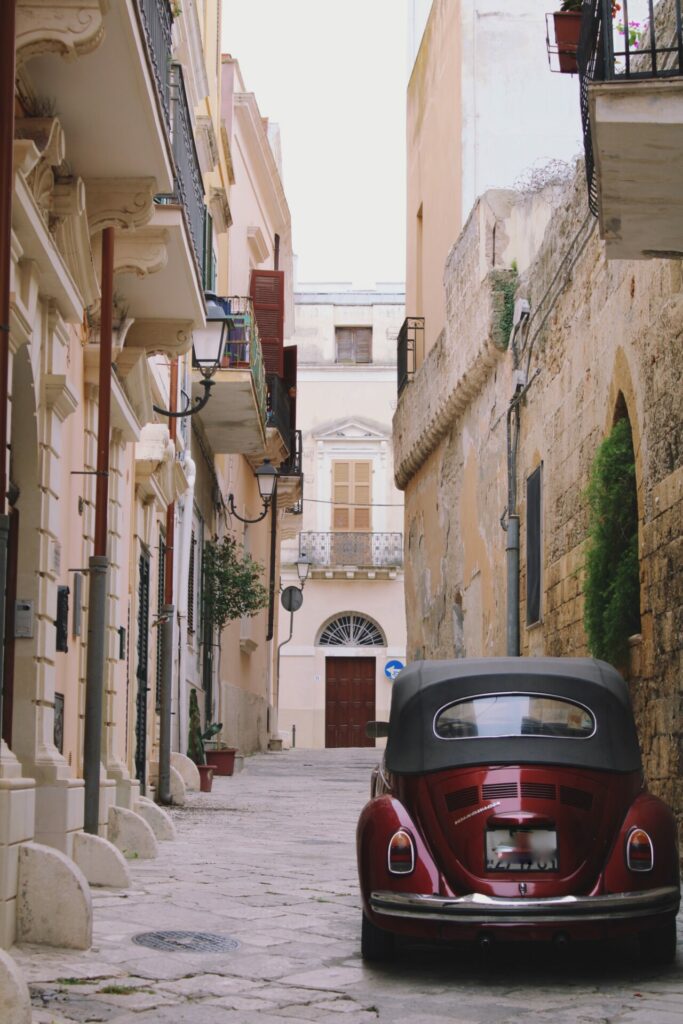
You can’t help getting lost in the narrow streets of the historic center of Brindisi.
You will come across the Duomo (1089) and its large and majestic square; the buildings that overlook it (the Seminary, the loggia of the Balsamo palace, the Provincial Archaeological Museum, the portico of the Knights of Jerusalem) are all of great historical value.
On your itinerary you’ll bump inot many squares, showing the mercantile past, the places of exchange and meeting, the social soul of the city of Brindisi.
The magic of the surroundings of Brindisi
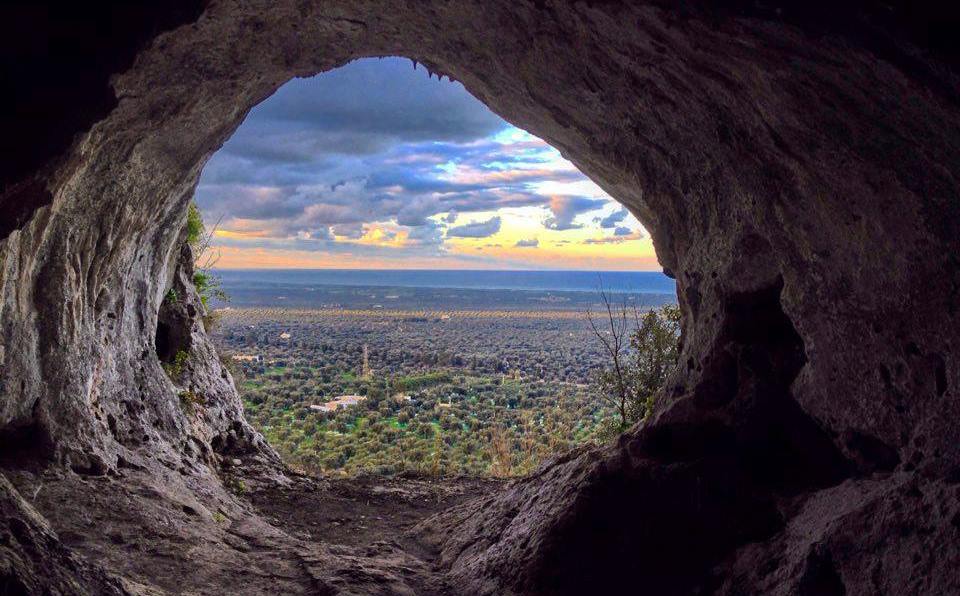
From Ostuni to San Michele, from Francavilla to Torre Guaceto and all the countryside and coastal areas surrounding the city of Brindisi, there is truly spoiled for choice in terms of itineraries, suitable for all tastes and all seasons of the ‘year.
In the Brindisi area there are wonderful farms immersed in the green of orchards, olive groves and Mediterranean scrub.
The areas of greatest charm and interest not to be missed on a visit to the Brindisi area are:
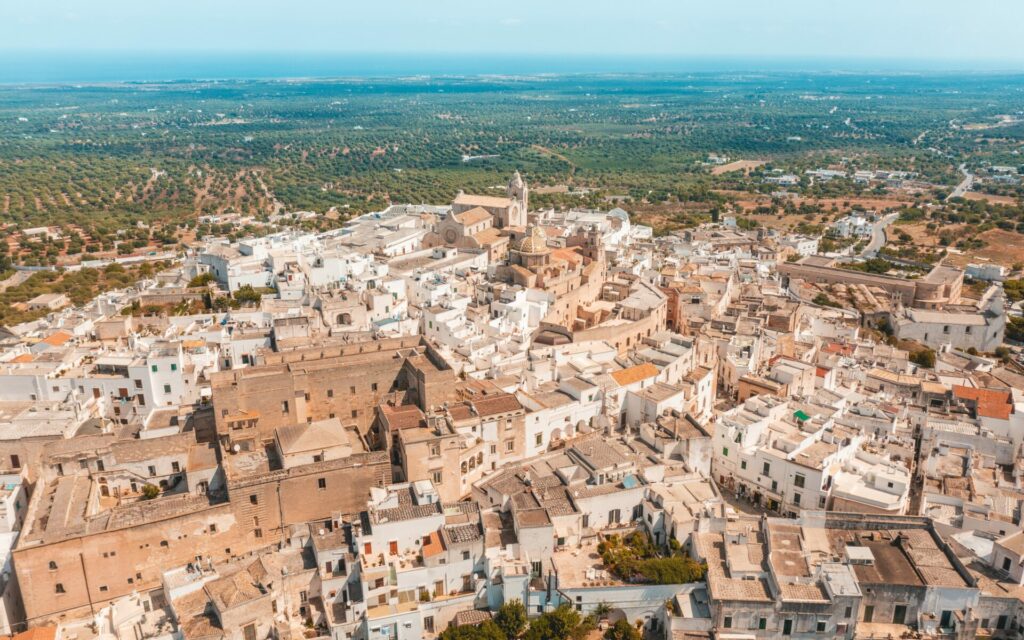
Ph. Henrique Ferreira
-
Torre Guaceto and natural Oasis
-
Ostuni
-
Savelletri
The beauty of the villas and farms in the Brindisi area
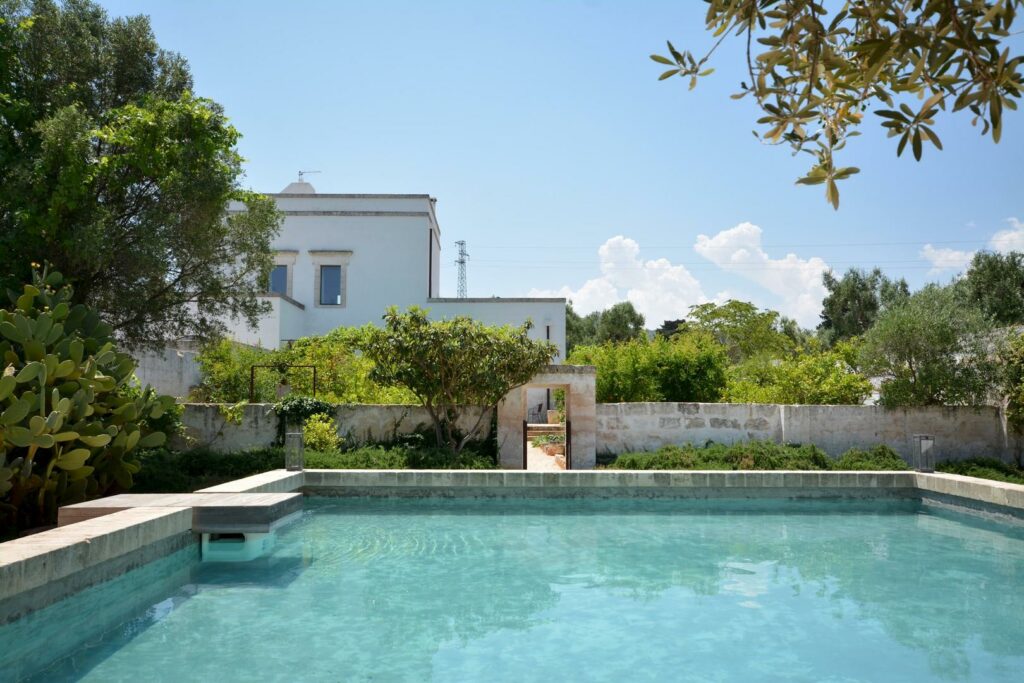
CIS: BR07401291000009913
With its fascinating countryside, its orchards and olive groves, many of which have a sea view, the Brindisi area also offers wonderful farmhouses and villas, the result of careful and fine conservative restoration work, which can accommodate travelers who love beauty, typicality and local history (including architectural).
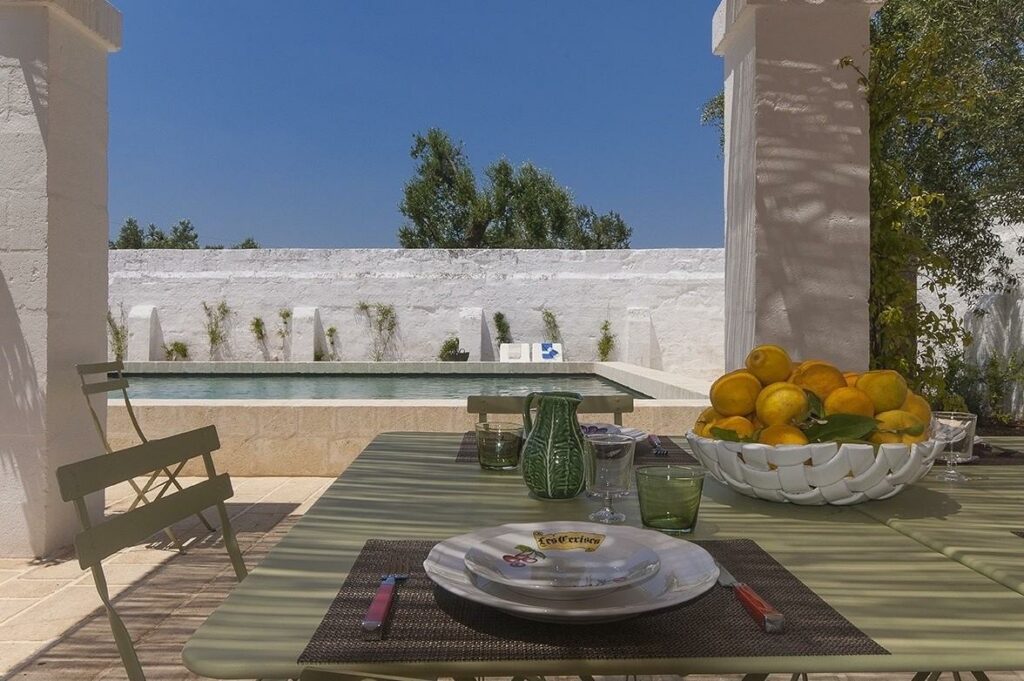
Masseria Ulivo is a set of colors of the local earth, combining the shades of lime and stone in the dry stone walls and barrel vaults; then the blue of the sky and water of the large swimming pool surrounded by the green of trees and Mediterranean scrub.
Then there is, in the area of San Michele Salentino, whose name is already exotic poetry: White Lamia
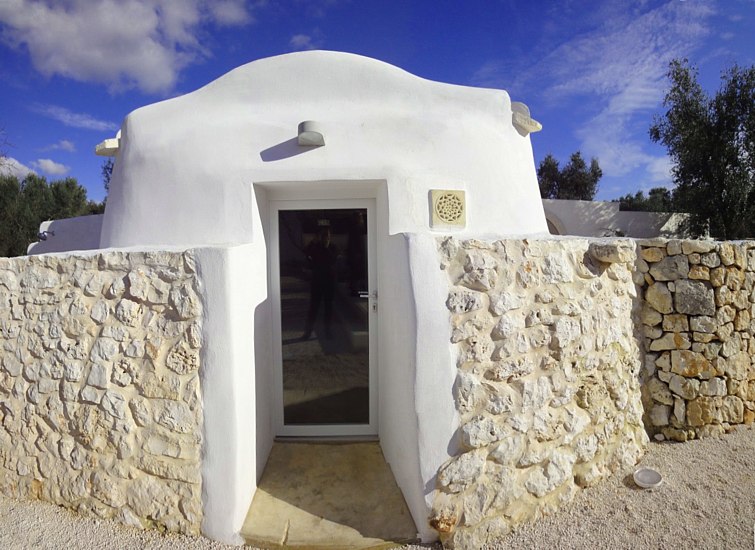
This is an elegant villa with swimming pool, surrounded by dry stone walls and ancient white walls in 2 hectares of olive groves and fruit trees.
The construction combines the traditional style (lamia) and the unique style of the Apulian farms with an interior decor that combines the simplicity of tradition with a contemporary and minimal taste.
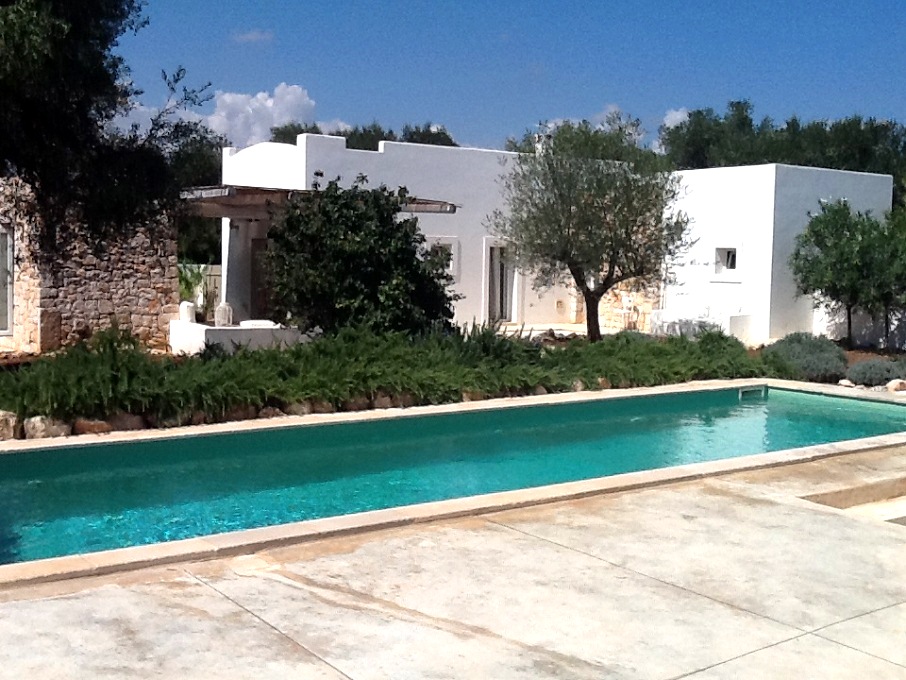
Come and see the beauty of all cities and villages of Salento!
